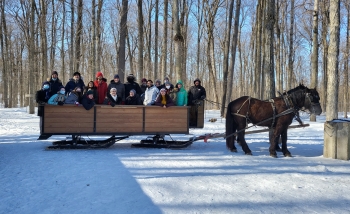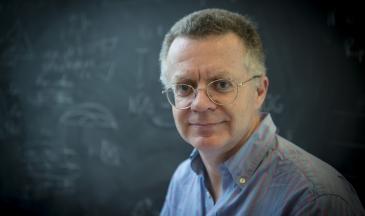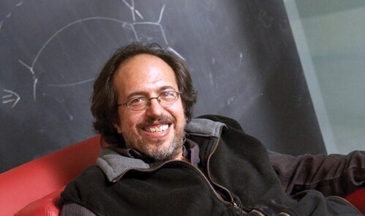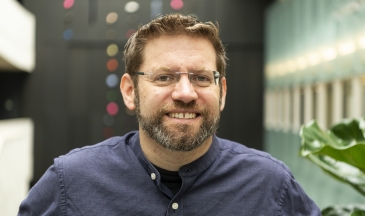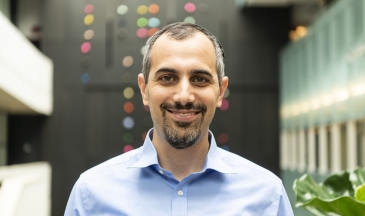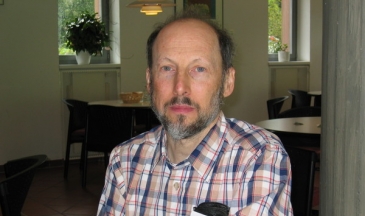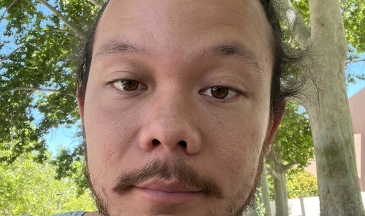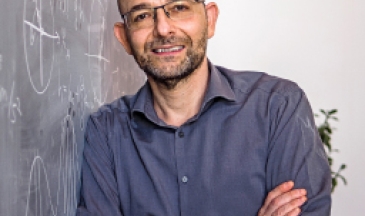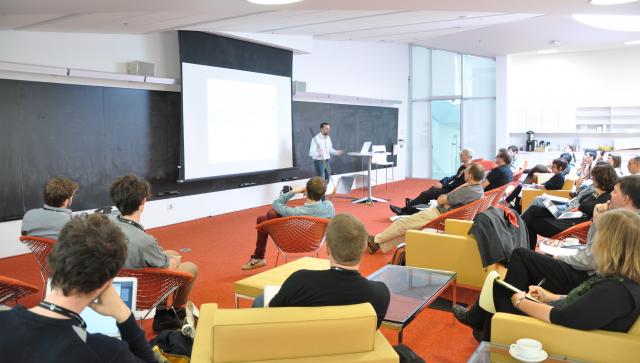
Quantum foundations seminar series
Browse this alternating series of seminars and group meetings that explore the foundations of quantum theory.
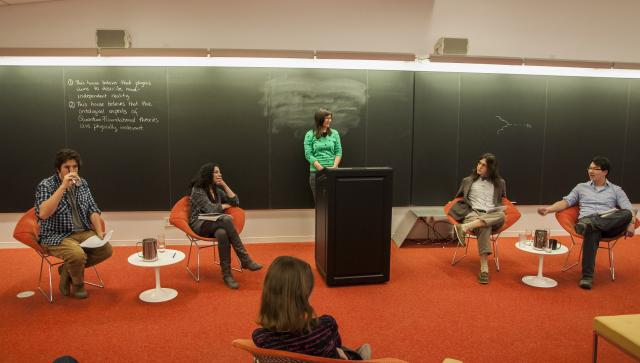
Quantum foundations events
Browse events that explore the conceptual and mathematical structure of quantum theory.

Research centres and initiatives
Learn about our strategic efforts to accelerate progress in extremely promising research areas.
Quantum foundations researchers
Les profils des personnes ne sont actuellement disponibles qu'en anglais.
Quantum foundations news

Ideas
Marina Maciel Ansanelli explore la réalité sous-jacente à la théorie quantique
janvier 29, 2025
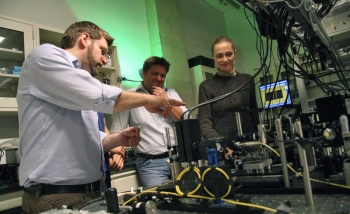
Ideas
L’harmonisation de la théorie et de l’expérimentation donne le meilleur des deux mondes
novembre 8, 2022
